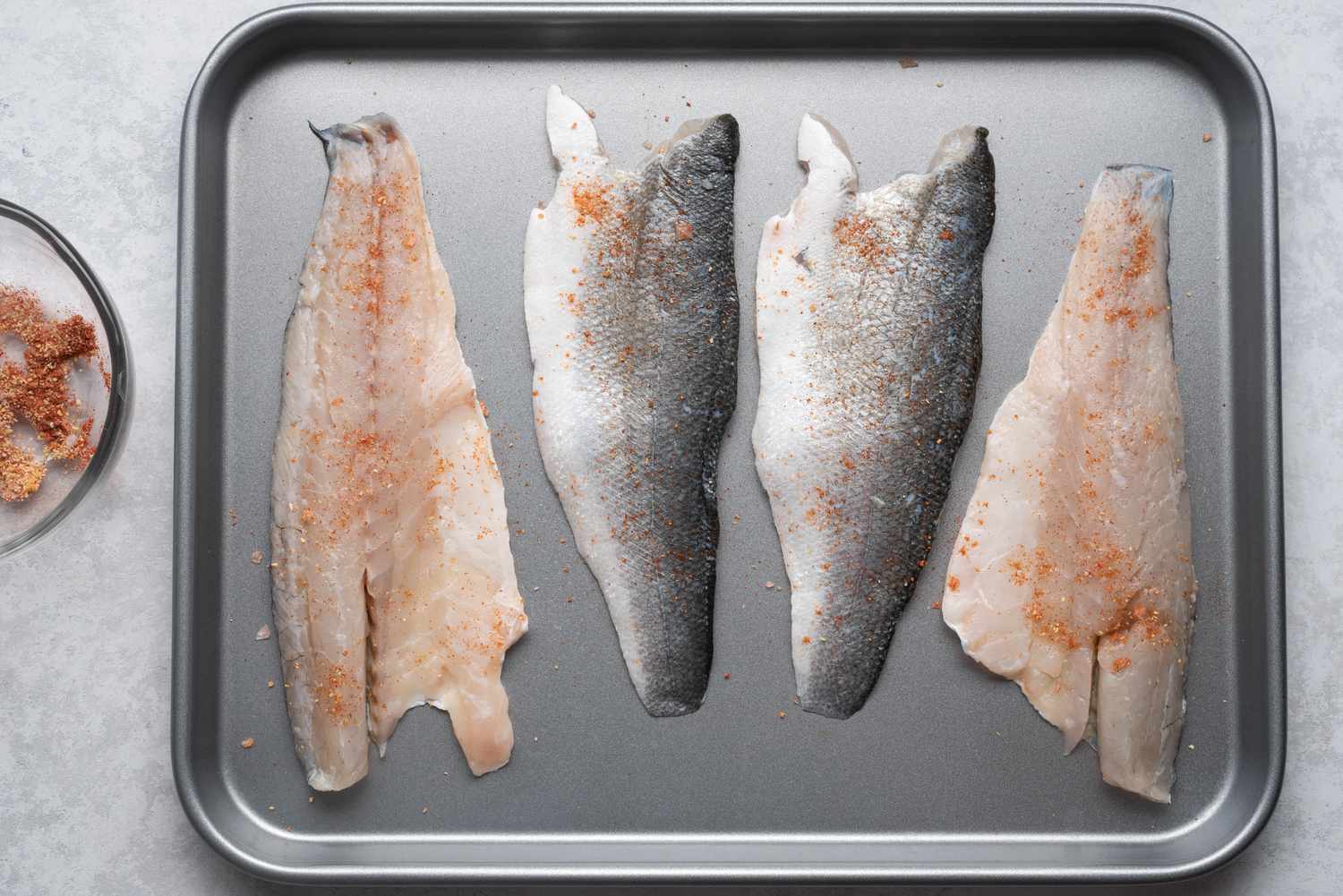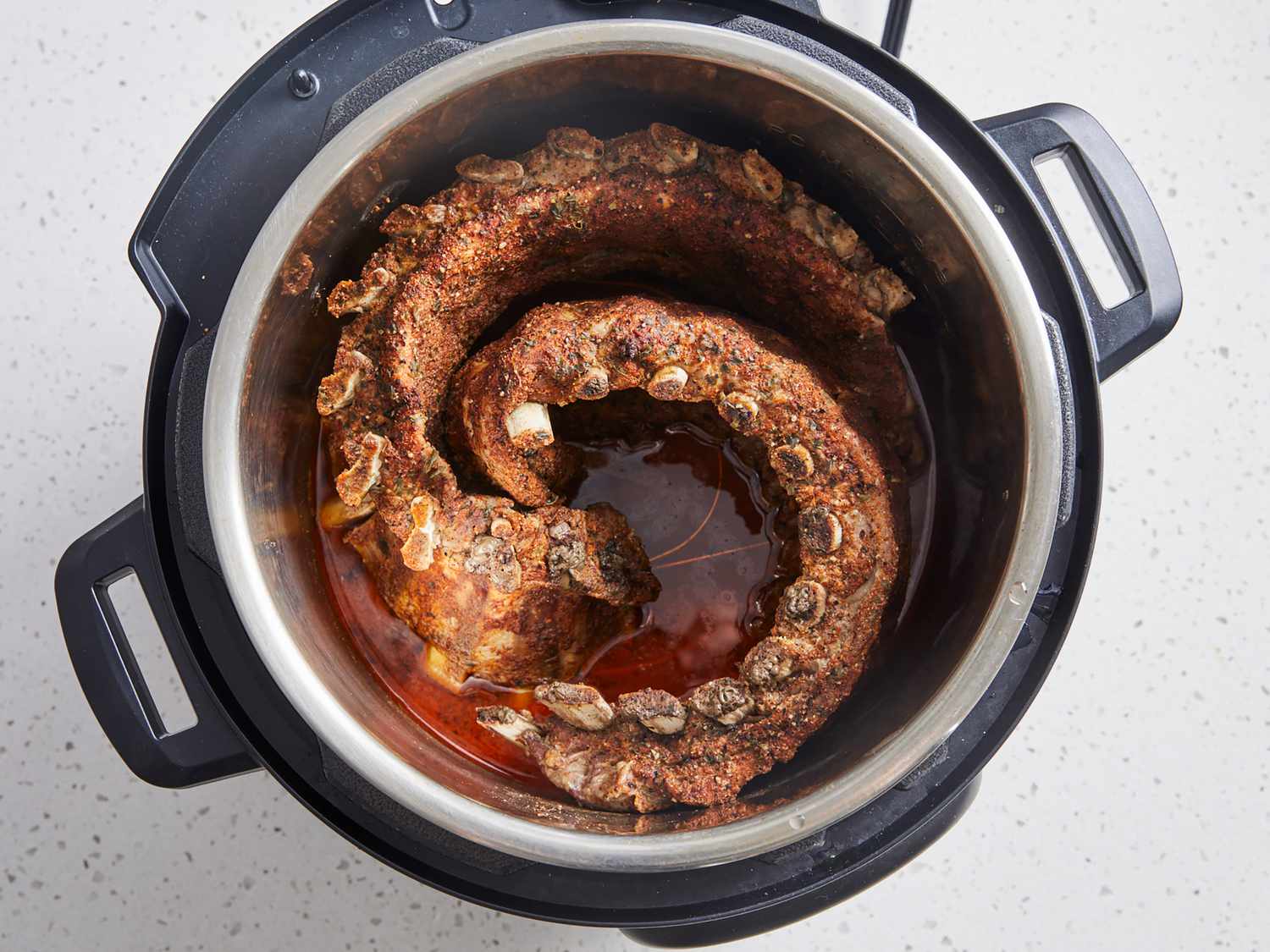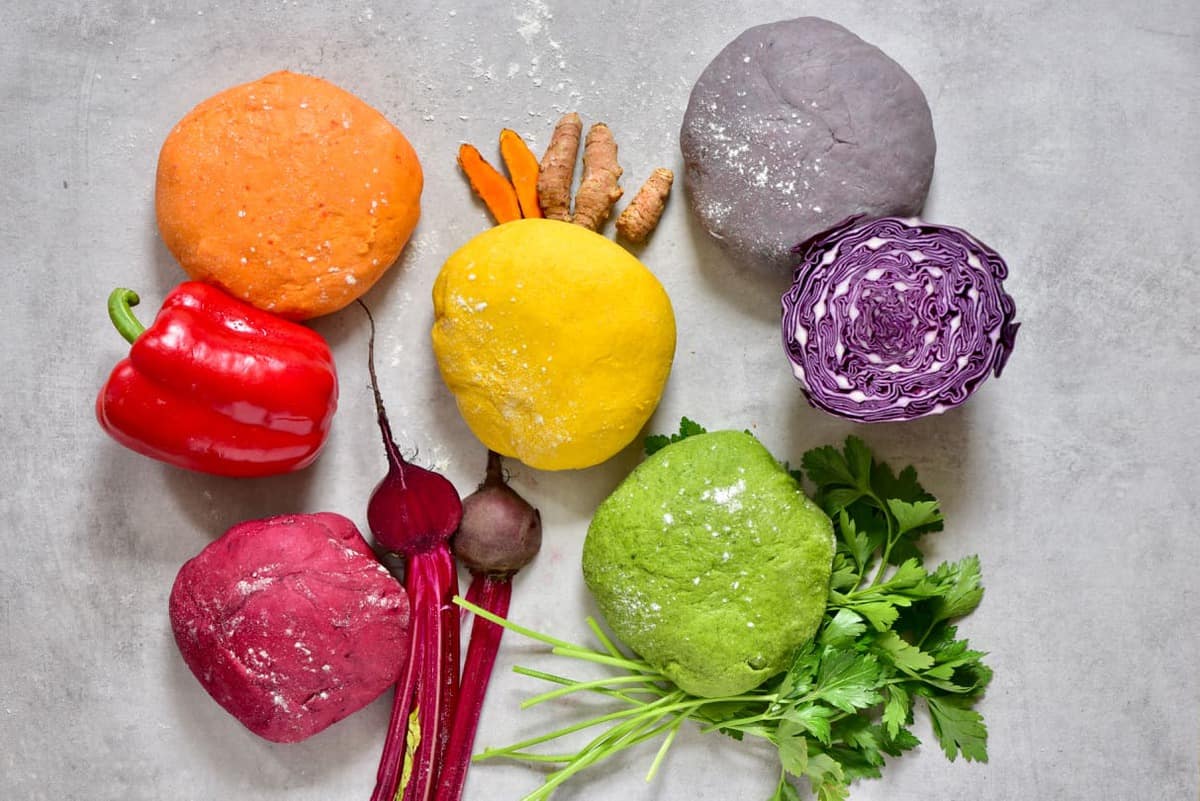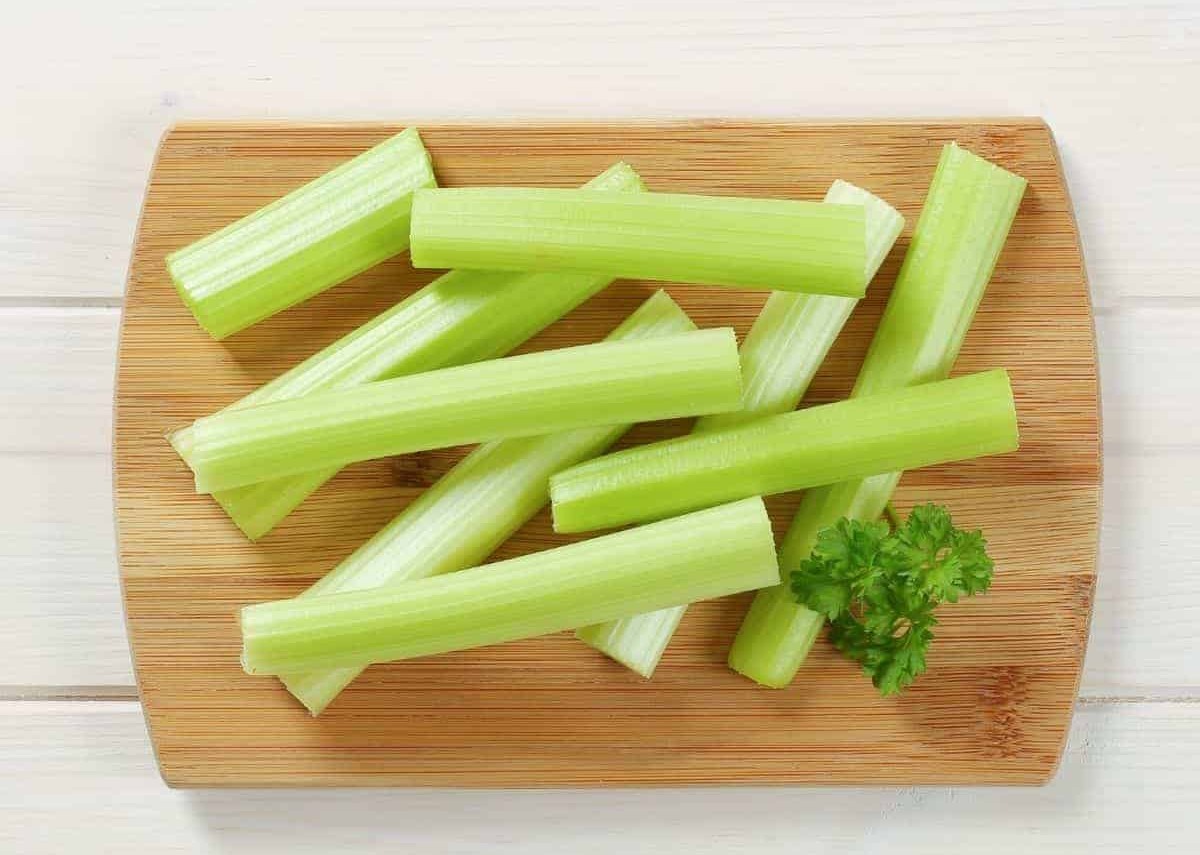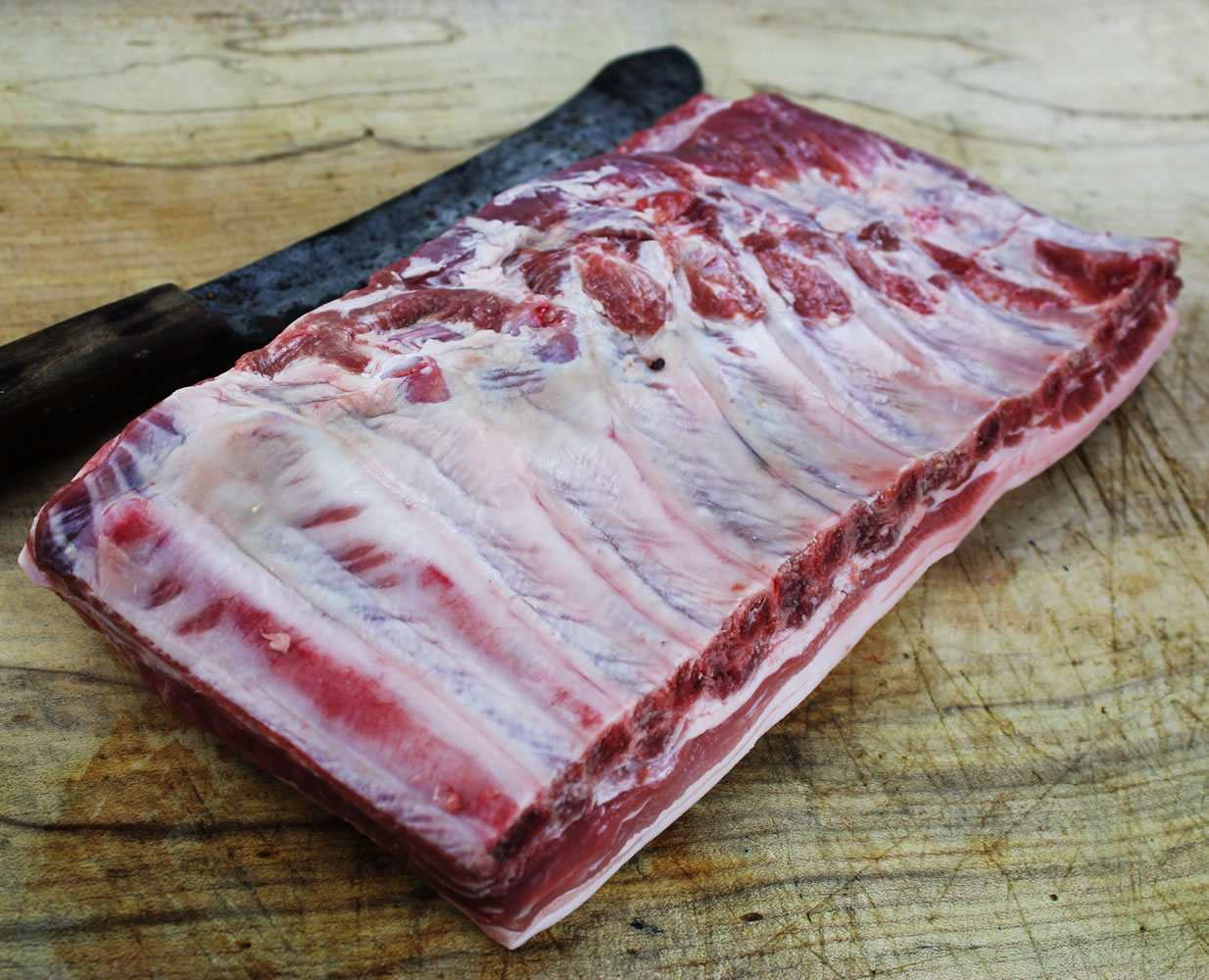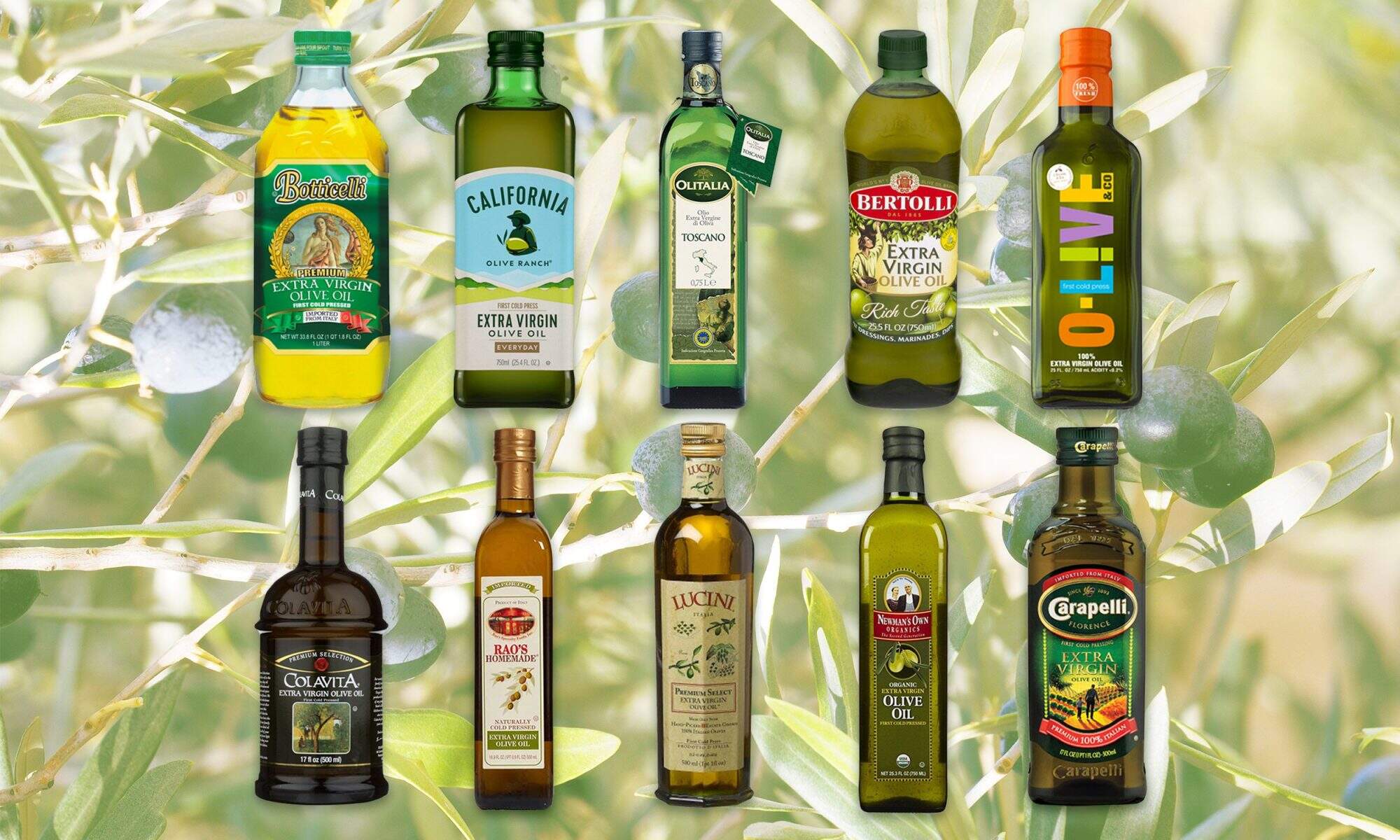A Seaweed Primer: How to Use Kelp, Nori, Wakame, and More
Seaweed, a versatile and nutrient-rich ingredient, has been a staple in many traditional cuisines around the world. From sushi rolls to soups, seaweed adds a unique flavor and texture to dishes. In this seaweed primer, we will explore different types of seaweed such as kelp, nori, wakame, and more, and learn how to incorporate them into your culinary adventures.
The Power of Kelp
Kelp, a type of brown seaweed, is packed with essential vitamins and minerals. Its umami flavor makes it a popular addition to salads, stir-fries, and stews. Here are a few creative ways to use kelp:
- Make a refreshing kelp salad by combining sliced kelp with cucumber, sesame oil, and soy sauce.
- Add dried kelp to your homemade vegetable broth to enhance the flavors.
- Create kelp chips by roasting thinly sliced kelp in the oven until crispy.
Nutrition with Nori
Nori, the seaweed used to wrap sushi rolls, is rich in minerals like iodine and iron. It has a delicate flavor and a crispy texture when toasted. Here’s how you can make the most out of nori:
- Make your own sushi rolls by placing nori sheets, rice, and your favorite fillings such as avocado, cucumber, and cooked shrimp.
- Crumble toasted nori sheets and use them as a savory topping for salads or rice bowls.
- Create a quick and nutritious snack by lightly brushing nori sheets with olive oil, sprinkling some salt, and roasting them in the oven until crispy.
Wonderful Wakame
Wakame, a type of green seaweed, is commonly found in miso soup and seaweed salads. It is packed with minerals and antioxidants. Here are some delightful ways to enjoy wakame:
- Add soaked wakame to miso soup for an extra boost of flavor and nutrients.
- Toss wakame with sesame oil, soy sauce, and sesame seeds for a refreshing seaweed salad.
- Create a delicious wakame and tofu stir-fry with garlic, ginger, and your favorite vegetables.
Exploring Other Seaweeds
In addition to kelp, nori, and wakame, there are many other types of seaweed worth exploring:
- Arame: This seaweed has a mild and sweet flavor, making it a great addition to salads and stir-fries.
- Dulse: With its smoky and slightly salty taste, dulse is perfect for sprinkling on top of roasted vegetables or mashed potatoes.
- Agar: Agar is a gelatinous substance derived from seaweed. It is commonly used as a vegan-friendly alternative to gelatin in desserts and jellies.
As you can see, seaweed offers a wide range of culinary possibilities. Whether you’re a seaweed aficionado or looking to explore new flavors, incorporating kelp, nori, wakame, and other seaweeds into your cooking repertoire will not only add nutritional value but also elevate the taste of your dishes. So dive into the world of seaweed and enjoy the flavors of the ocean!
